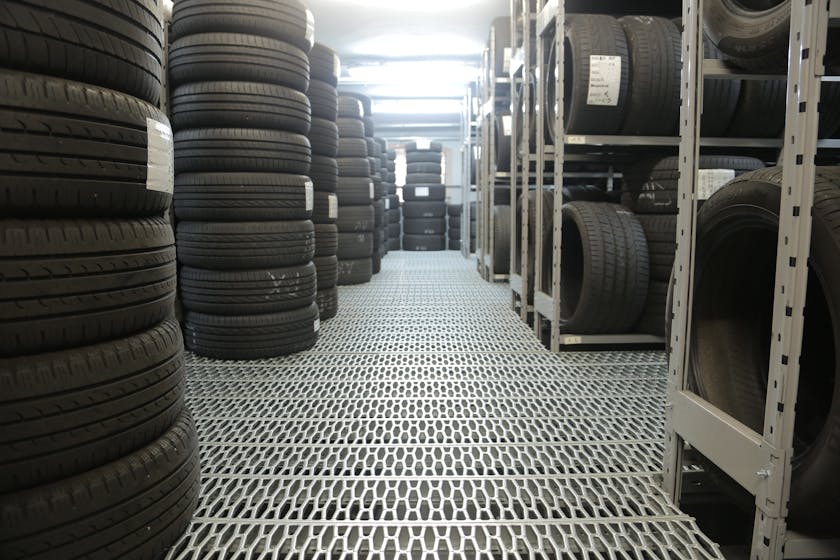When considering bulk meal storage for emergency preparedness, it’s essential to approach the topic with a strategic plan. Not only does this ensure you have ample food in case of an emergency, but it also maximizes the shelf-life and nutritional value of your stored goods.
Understanding the Basics of Bulk Meal Storage
Before diving into the nuances of storing large quantities of food, it’s imperative to understand the core principles of bulk meal storage for emergency preparedness. This knowledge will help you make informed decisions about what to store and how to store it effectively.
Selecting the Right Foods for Your Bulk Storage
Choose foods that are non-perishable, require minimal or no cooking, and have a long shelf life. Good options include dried beans, rice, powdered milk, canned vegetables, and fruits. Grains such as wheat and oats are also excellent choices for long-term storage when kept in proper conditions.
Proper Storage Containers are Key
Invest in high-quality, airtight containers that can keep out moisture and pests. Food-grade buckets with gamma lids, Mylar bags with oxygen absorbers, and vacuum-sealed bags are all excellent choices for preserving the integrity of your food supply.
Creating the Ideal Storage Environment
Store your food in a cool, dark, and dry place. Basements or cellars are often ideal, but ensure that the area is not prone to flooding or extreme temperature fluctuations. The ideal storage temperature is between 50 and 70 degrees Fahrenheit.
Regularly Rotate Your Food Supply
To avoid waste and keep your supplies fresh, practice a first-in, first-out rotation system. This means using the oldest stored items first and replacing them with newer ones, ensuring that nothing goes to waste.
Advanced Tips for Bulk Meal Storage
Once you have grasped the basics, it’s time to delve into more advanced strategies to further enhance your preparedness efforts.
Customize Your Food Supply to Meet Dietary Needs
Consider any dietary restrictions or preferences in your household. Store gluten-free, nut-free, or vegetarian options as necessary to ensure that everyone’s needs are met during an emergency.
Calculate and Plan for Sufficient Caloric Intake
Calculate the caloric needs of your family to determine how much food you need to store. An adult typically requires about 2,000 calories per day, but this can vary depending on age, gender, and activity level.
Investing in Freeze-Dried and Dehydrated Meals
For variety and convenience, consider adding freeze-dried and dehydrated meals to your storage. These meals are lightweight, easy to prepare, and can provide a semblance of normalcy during stressful times.
Include a Diverse Range of Vitamins and Minerals
Store a variety of foods to ensure a balanced intake of vitamins and minerals. This can include powdered drink mixes fortified with vitamin C or canned fish rich in omega-3 fatty acids.
Remember to keep a manual can opener and other necessary utensils within easy reach of your stored food. In the event of a power outage, these tools will be invaluable.
Long-Term Maintenance of Your Emergency Food Supply
Longevity is crucial when it comes to bulk meal storage for emergency preparedness. Regularly check expiration dates, look for signs of spoilage, and protect your food from potential hazards like water damage or infestations.
Keep an Inventory and Update It Frequently
Maintaining an accurate inventory will help you keep track of what you have and what needs to be replaced. This can be as simple as a written list or as complex as a spreadsheet with detailed information.
Consider the Benefits of Vacuum Sealing
Vacuum sealing certain foods can extend their shelf life significantly. This method is particularly useful for items like meats, cheeses, and other perishables that you might want to include in your emergency stash.
Stay Informed and Adapt Your Plan as Needed
Stay up-to-date with the latest recommendations for emergency preparedness. As new products and storage methods become available, be willing to adapt your strategy to maintain the highest level of readiness.
By following these guidelines, you can create a robust system for bulk meal storage for emergency preparedness. Not only will you have peace of mind knowing that you are prepared for any situation, but you will also be able to maintain a healthy and diverse diet under any circumstances.


